Update: This product has been renamed to CALM from "MorphoCALM"
We all know that modern life is stressful. Between the endless psychologically torturous propaganda, electromagnetic field (EMF) exposure, xenoestrogens in our food and water, and carcinogens, urban and suburban lifestyles can be incredibly taxing on our bodies and our minds.

Morphogen Nutrition CALM is a premium stress-relief supplement, and the first to use RhodioPrime 6X in this type of an application!
Not to mention the fact that most of us are running on chronically low levels of sleep and ritually abuse stimulants to compensate for our lack of rest and recovery.
Fight back with Morphogen Nutrition CALM
Today we're going to review a supplement that's designed to help us maintain our resilience in the face of these stressors – Morphogen Nutrition CALM. We first discussed it with Morphogen's Ben Hartman on Episode #063 of the PricePlow Podcast, and wanted to dig deeper on the unique stress-relieving supplement.
It comes to us in true Morphogen style -- with huge (and not-so-cheap) doses like 600 milligrams of phosphatidylserine and first-to-market innovations, such as the first stress reliever to use RhodioPrime 6X high-salidroside Rhodiola extract.
We get into the science behind the anti-cortisol blend just after checking PricePlow's prices and alert sign-ups:
Morphogen Nutrition CALM – Deals and Price Drop Alerts
Get Price Alerts
No spam, no scams.
Disclosure: PricePlow relies on pricing from stores with which we have a business relationship. We work hard to keep pricing current, but you may find a better offer.
Posts are sponsored in part by the retailers and/or brands listed on this page.
This area is reserved for Team PricePlow's upcoming Ingredients video.
Subscribe to our channel and sign up for notifications so you catch it when it goes live!
Morphogen CALM Ingredients
In a single three capsule serving of CALM from Morphogen Nutrition, you get the following:
-
Phospatidylserine (from sunflower lecithin) (Helianthus annuus) (oil) (std. min 50% phosphatidylserine) – 400mg
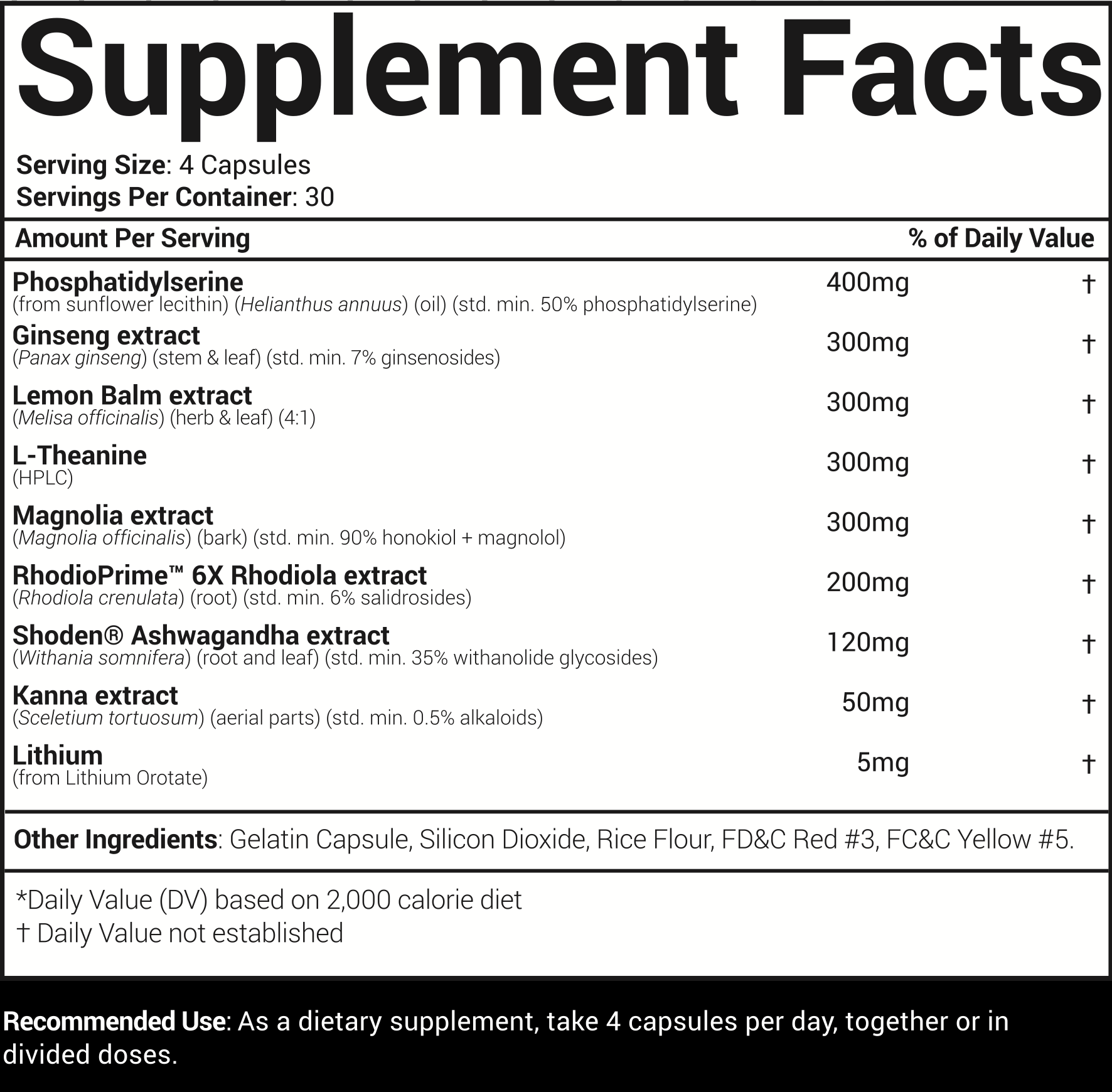
A solid dose of phosphatidylserine coupled with a hit of RhodioPrime 6X? This one's going to feel good...
Phosphatidylserine (PS) is a phospholipid that concentrates in the central nervous system and supports cognition. More than a few research papers have claimed that high PS consumption can help prevent cognitive decline and possibly even reduce the severity of depressive disorders in the elderly.[1-4]
When it comes to anti-anxiety and calming effects, other studies show that PS can improve stress tolerance and reduce symptoms of anxiety.[5] At high doses, PS can lower blood cortisol levels.[6]
Supplementing with PS may be especially beneficial for athletes, as preliminary evidence indicates that it might increase physical endurance.[7]
The biggest issue? Phosphatidylserine is an expensive ingredient, and we generally don't see high enough doses to make a serious impact on cortisol. High, expensive doses are Morphogen Nutrition's specialty, though. This is one reason the premium CALM supplement may come at a higher price tag, but wait until you've tried a higher dose of PS!
-
Ginseng extract (Panax ginseng) (std. min. 7% ginsenosides) – 300mg
Ben Hartman returns to talk about Morphogen Nutrition's rebrand, some new formulas, and more on his backstory. Watch it in Episode #063 of the PricePlow Podcast!
Also known as Panax ginseng, Korean red ginseng has a documented ability to reduce fatigue, as well as improve stress-related symptoms of depression and anxiety.[8]
One of ginseng's most intriguing effects is its ability to reduce the extent of apoptosis,[9] the programmed cell death that occurs when the body is subjected to intense stress (among other times). It's believed ginseng does this by attenuating the body's inflammatory response to stress[8] (even psychological and emotional stress) through its powerful antioxidant phytochemicals.[8]
When it comes to other aspects of cognition, ginseng has been shown to improve reaction times,[10,11] working memory, arithmetic ability, and cognitive flexibility.[12]
Researchers have found that ginseng has "glucoregulatory" properties, meaning that it helps maintain healthy glucose metabolism under stress, thereby preventing stress-related declines in cognitive performance.[13]
-
Lemon Balm extract (Melissa officinalis) (4:1) - 300mg
Also known as Melissa officinalis, lemon balm is often used in sleep formulas, but it's really more of a mildly sedative ingredient, since it's been shown to prevent the breakdown of GABA (the "downer neurotransmitter") thanks to its constituents (rosmarinic acid, caffeic acid, and melitric acid[14,15]).
One pilot study showed that lemon balm reduced both anxiety (by 18%) and poor sleep symptoms (by 42%).[16] However, note that they used 300 milligrams twice daily.
There's also research showing both mood and cognitive improvements as well.[17-19]
This is a new addition to CALM, added after the product was renamed in 2023.
-
L-Theanine – 300mg
L-theanine is an amino acid that occurs naturally in tea leaves. It acts as a neurotransmitter in the brain[20] and causes relaxing, anti-anxiety effects without being sedative.[21-23]
If you're a big coffee or tea drinker (consider cutting back on caffeine if you're having anxiety issues!), you'll probably like hearing that L-theanine has a synergistic effect with caffeine.[24] Subjects who took a combination of caffeine and theanine showed faster reaction times, better working memory, and higher levels of alertness
The dose here is substantial. Doses of 100 to 150 milligrams are the most common on the market. Anecdotally, 200 milligrams generally puts us in a more "chilled" state. With 300 milligrams here, this will be hard not to notice.
-
Magnolia extract (Magnolia officinalis) (bark) (std. min 90% honokiol + magnolol) - 300mg
Another potent ingredient added to the 2023 updates, magnolia bark extract inhibits the activity of an enzyme named 11β-Hydroxysteroid dehydrogenase (HSD-11β),[25] which converts cortisone to cortisol - so this may reduce the total cortisol circulating in the system.
Because of this effect, magnolia has been shown to significantly reduce cortisol, and can alleviate stress, anxiety, and related issues stemming from them.[25-28]
It's also found in Morphogen Adaptogen, so Morphogen bets big on this one!
-
RhodioPrime 6X Rhodiola Extract (6% salidrosides) – 200mg
There are two species of Rhodiola commonly used in supplement formulations – Rhodiola rosea and Rhodiola crenulata.
Although closely related, the two plants have some key differences.
Rhodiola rosea – the more commonly used species of Rhodiola - contains high levels of rosavin and salidroside, two phytochemical compounds responsible for most of Rhodiola's various bioactive effects.
However, there is evidence that salidroside may be more efficacious in a few key areas of Rhodiola's efficacy.[29,30]
So based on the research literature, you should try to find a Rhodiola extract from the crenulata plant, because the concentration of salidroside is significantly higher in crenulata than it is in rosea.[31,32]
That's why Morphogen uses the NNB Nutrition's trademarked RhodioPrime 6X extract – because it's sourced from crenulata, which helps to make it the de-facto extract on the market that has managed to achieve a whopping 6% salidroside standardization. By comparison, most of the commercially available extracts contain about 1% salidroside.
Salidroside: Mechanisms of Action
According to the research literature, the mechanisms of salidroside's actions are as follows:
- Increased long-term potentiation (LTP) in the hippocampus[32]
- Increased autophagy via mTOR pathway[34]
- Improved oxygen utilization via hypoxia-inducible factor-1 (HIF-1)[35]
- Upregulation of dopamine, norepinephrine, epinephrine, histamine, and serotonin[36]
- Inhibition of the monoamine oxidase (MOA) enzyme that breaks down neurotransmitters[33]
- Upregulates neuropeptide Y[34]
So as you can see, a high-salidroside Rhodiola extract is a powerful adaptogenic substance, which is definitely capable of alleviating your overall stress burden.
The upshot of salidrosides' effects is improved cognition,[37] lower levels of stress and anxiety,[38] better mood,[38] and reduced symptoms of depression,[39].
Rhodiola has also been shown to reduce physical and mental fatigue,[40,41] increase athletic performance,[42] control appetite,[43] and improve glucose metabolism.[44]
RhodioPrime 6X goes calm
At 6% salidroside, NNB Nutrition's RhodioPrime is the best way to feel the serious power of this wonderful herb!
Lately, we've been seeing NNB's RhodioPrime 6X in more pre-workout supplements and even weight loss aids. These are great applications, because the ingredient helps to increase focus and "level off" high-stimulant effects. However, this is the first time seeing it in an anti-cortisol, stress-relief supplement, and we're extremely excited about this new application.
You can read more in our articles titled Rhodiola: The Salidroside-Powered Adaptogen of the Vikings and NNB RhodioPrime 6X: The Strongest Rhodiola Extract (6% Salidroside).
-
Shoden Ashwagandha Extract (std. min. 35% withanolide glycosides) – 120mg
Ashwagandha has been used for millennia in traditional medicine systems around the world to treat a wide range of ailments. It has nonspecific effects because it's what's known as an adaptogen, meaning that it helps bring the body's stress response (whether too high or too low) back to its proper balance.
The sports supplement industry has seen a surge in ashwagandha utilization because recent research has indicated that the herb is one of the most efficacious natural compounds for managing both physical and mental stress.[45-48]
Although we've analyzed a number of trademarked ashwagandha preparations, the Shoden extract is probably our favorite. It has the highest concentration of withanolides – on the market, with a standardization of a whopping 35% of the active compound responsible for most of ashwagandha's benefits.[45]
By comparison, the KSM-66 extract of ashwagandha, probably the most popular in the supplement industry, only contains 5% -- or sometimes even 2.5% -- withanolides.
A high concentration of withanolides means you can expect to reap a double share of ashwagandha's typical benefits, which include protecting the body against oxidative stress, reducing inflammation, reducing symptoms of anxiety and depression, and improving immunity.[45-48]
In a 2019 study that examined the Shoden extract specifically, healthy adults who received 240 milligrams of Shoden per day had significantly lower levels of cortisol and significantly higher levels of dehydroepiandrosterone sulfate (DHEA), an important steroid hormone precursor.[45] Compared to placebo, these subjects had a better overall mood and lower levels of stress and anxiety.[45]
Considering the power of the Shoden extract, we are surprised to see it used as infrequently as it is. Major props to Morphogen Nutrition for chasing the higher withanolides in this one, saving room in the capsules for the other efficacious ingredients.
-
Kanna Extract (Sceletium tortuosum) (aerial parts) (std. min. 0.5% alkaloids) – 50mg
Sceletium tortuosum, also known as kanna, is a plant that's native to South Africa. Kanna has been used by hunter-gatherer cultures, presumably for an incredibly long time, to reduce fatigue and improve mood.[49] Hunter-gatherers traditionally chewed its leaves before or during high-stress situations,[50] but it was also used recreationally.
Kanna is able to exert its fatigue-fighting, mood-boosting effects because it inhibits phosphodiesterase-4, thereby upregulating cyclic adenosine monophosphate (cAMP),[50] a messenger molecule that is used for metabolizing glucose and fat. If you don't have enough cAMP, you won't have enough energy – and energy insufficiency is a classic symptom of anxiety.
Upregulation of cAMP is linked to increased thermogenesis, and anti-obesogenic effects.[49,51] The upshot of kanna's positive modulation of metabolic energy production is that it has robust anti-anxiety and even tranquilizing effects.[52]
A 2017 research review found that kanna can significantly lower cortisol levels in those who use it regularly.[53]
-
Lithium – 5mg (from 130 mg Lithium Orotate)
Although it's often thought of as an antipsychotic drug, the essential mineral lithium is a great mood stabilizer.[54]
Lithium occurs naturally in many common foods. Daily intake from food for most people ranges from 2 to 600 micrograms, depending on diet and location. The 5 milligram dose used in Morphogen CALM is several times higher – so it's definitely enough to prevent deficiency, which is possible since many scientists believe the mineral to be essential.[55]
There's some confusion as to whether lithium is a drug or a dietary supplement, but lithium qualifies as a supplement since it has a strong basis in nature and is easily found in the food supply, but there are often benefits from supplementing more. While lithium carbonate is often a prescription drug, recent research has shown that lithium orotate - a lithium salt reacted with orotic acid - is the superior form.[56]
In a study on 27 Texas counties conducted from 1978 to 1987, researchers found that towns whose water supply contained low levels of lithium had significantly higher incidences of suicide, drug addiction, and violent crime.[57] A 2013 followup study replicated this finding – the lower the lithium levels in a Texas locality's water, the higher the rate of suicide.[58]
Researchers in Japan published a report that came to the same conclusion. Lithium levels in water are inversely correlated with suicide rates.[59] Another team of Japanese researchers even claimed that low-dose lithium can increase longevity in humans.[60]
In individuals recovering from addiction to drugs and and alcohol, lithium supplementation can significantly reduce relapse, and improve mood, energy, and social interaction.[61,62]
Lithium's mechanism of action
The research literature indicates that lithium inhibits glycogen synthase kinase-3β (GSK-3β),[63] leading to an increase in brain-derived neurotrophic factor (BDNF), a protein that stimulates the proliferation of new neurons in the hippocampus. In rats, inhibiting GSK-3β has antidepressant effects.[64]
Dosage and Instructions
The label states to take 1 serving (3 capsules) per day either together or in divided doses. CALM can be taken on an empty stomach or with food.
It must be emphasized: talk to your doctor before beginning any new dietary supplement or nutrition program. This supplement should not be combined with prescription drugs unless approved by your doctor.
Conclusion
Morphogen CALM is packed with a lot of uncommon, unusually efficacious ingredients that we love to see used together. Morphogen's research department is really on top of their game with this one.
If you want to learn more about Morphogen Nutrition and their founding principles, listen to our interview with Ben Hartman in Episode #063 of the PricePlow Podcast. Otherwise, sign up for alerts below and we'll hit you up with the brand's next innovation:
Morphogen Nutrition CALM – Deals and Price Drop Alerts
Get Price Alerts
No spam, no scams.
Disclosure: PricePlow relies on pricing from stores with which we have a business relationship. We work hard to keep pricing current, but you may find a better offer.
Posts are sponsored in part by the retailers and/or brands listed on this page.
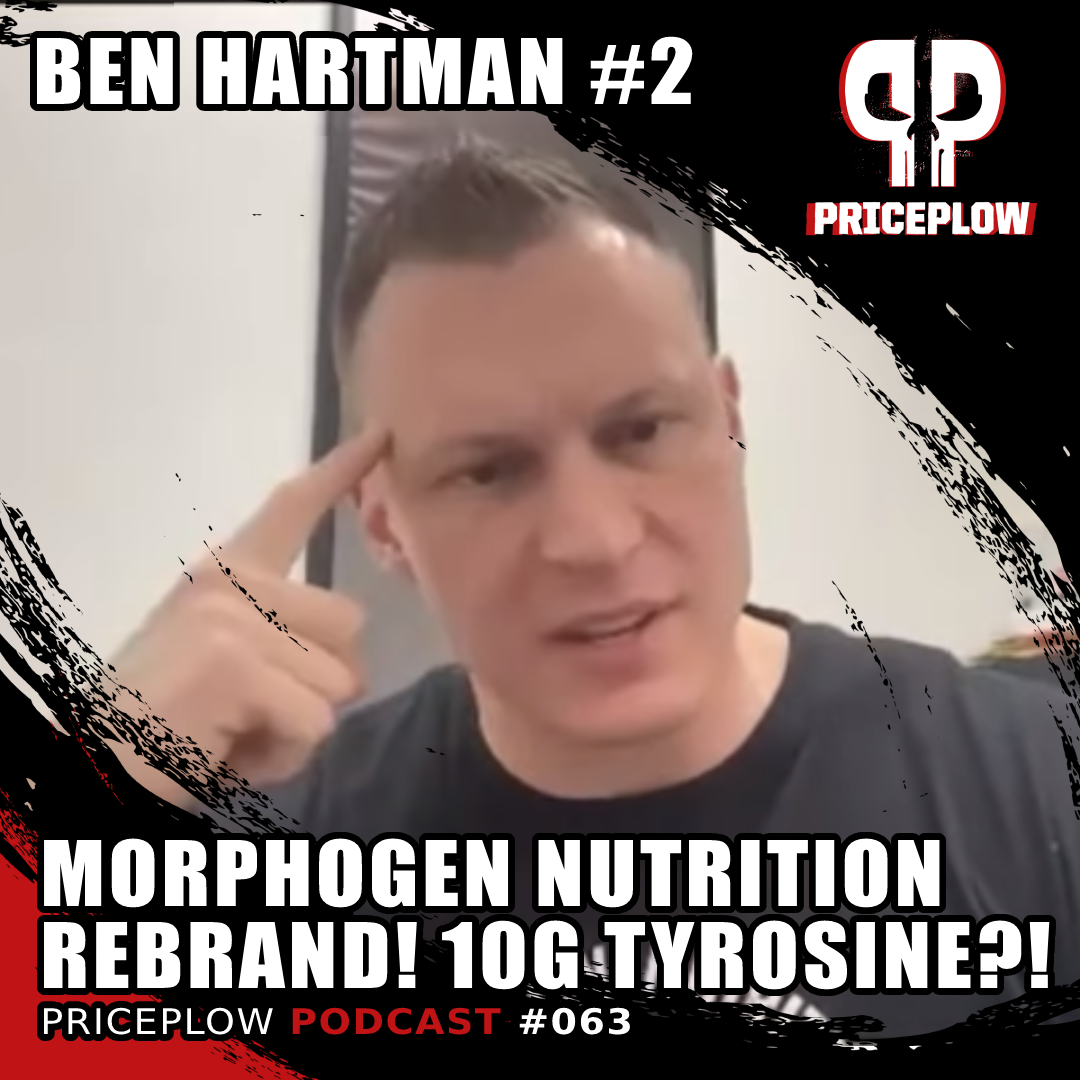
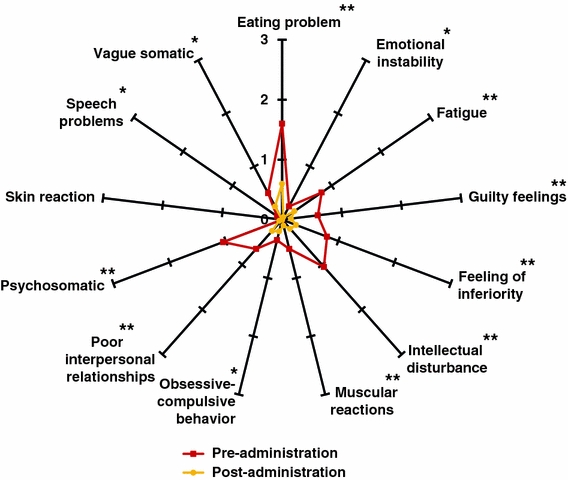
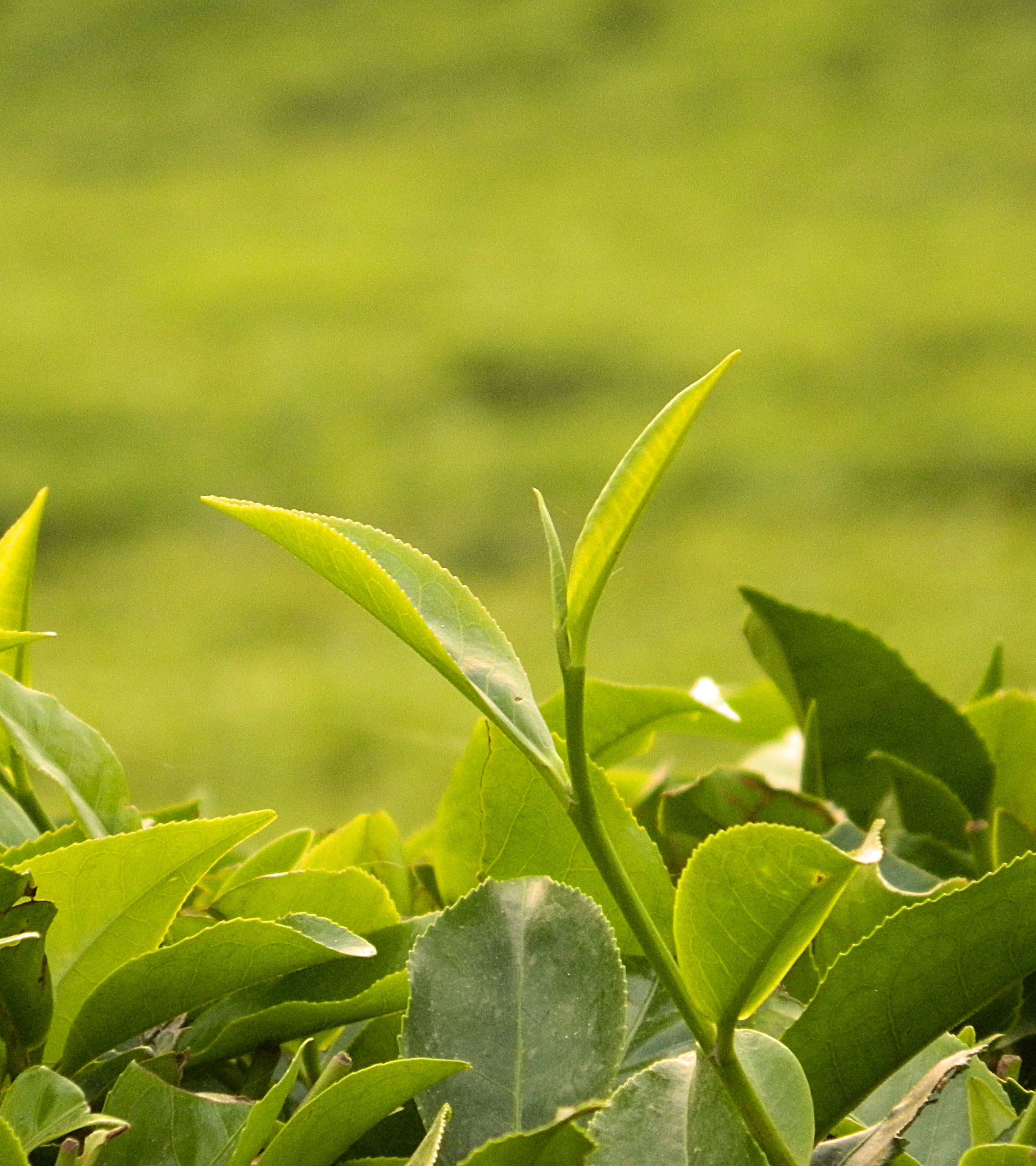
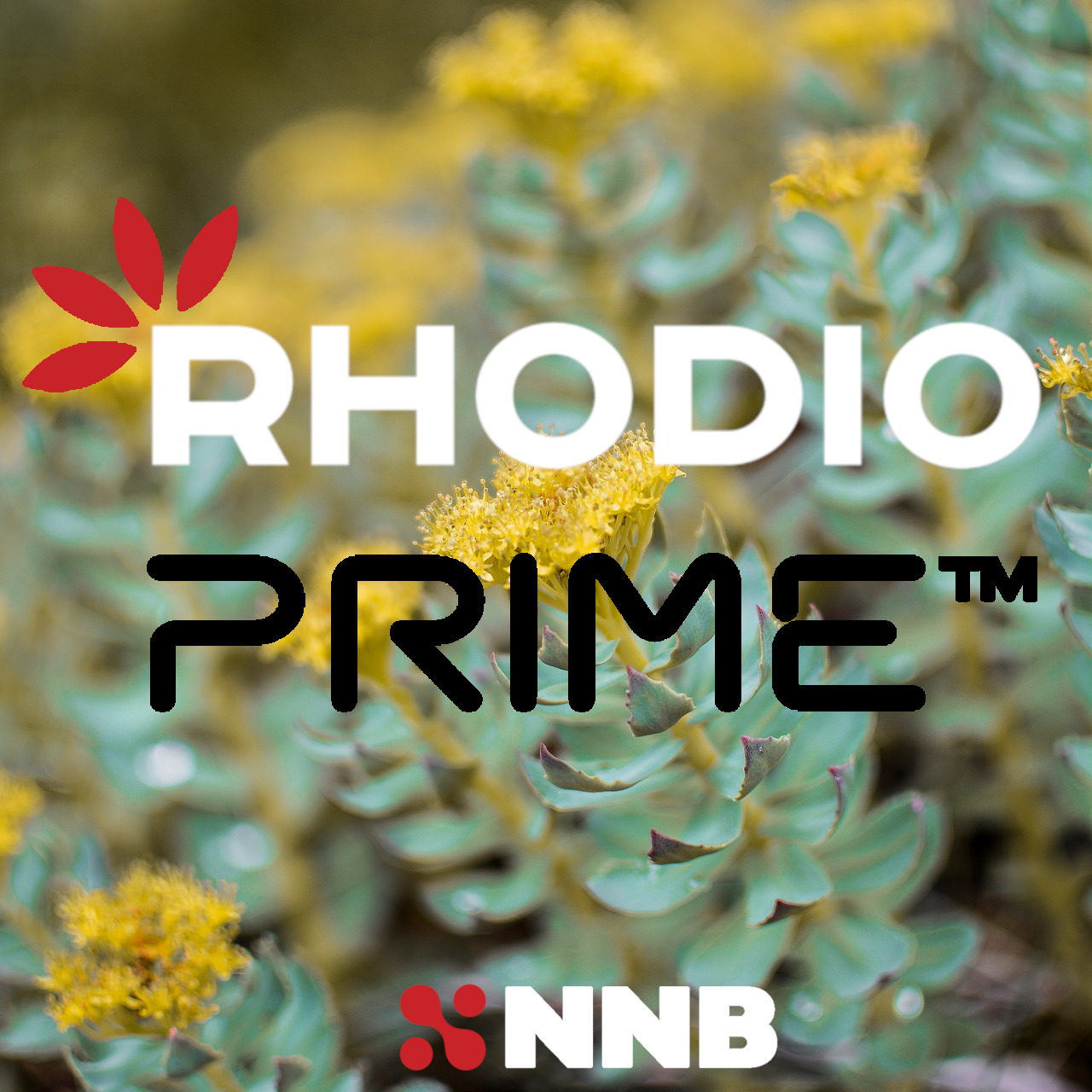
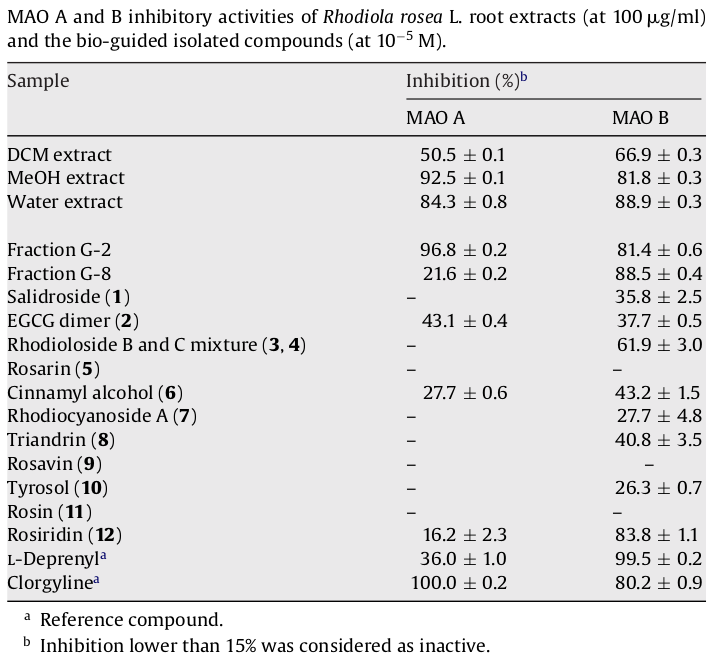
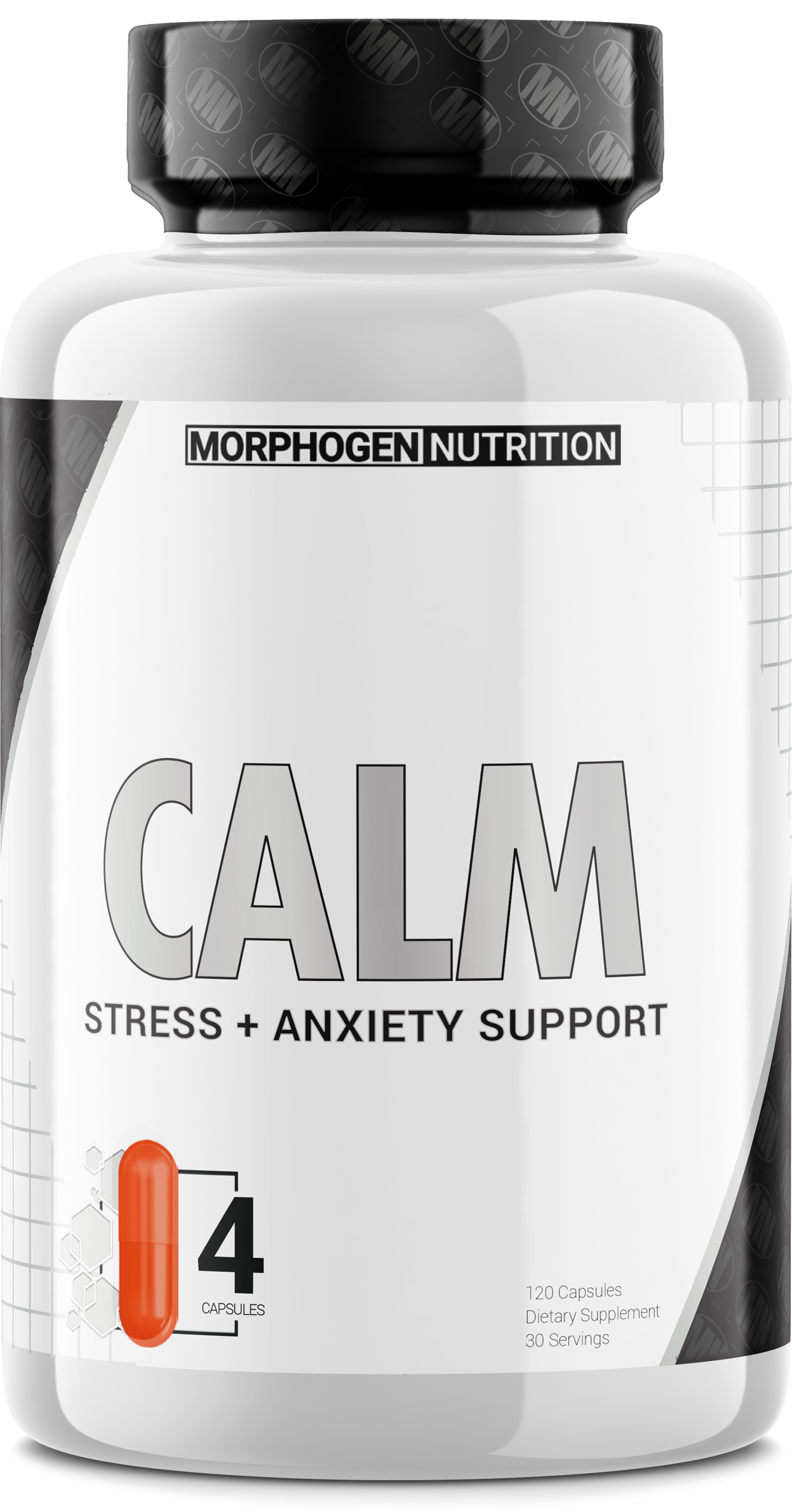

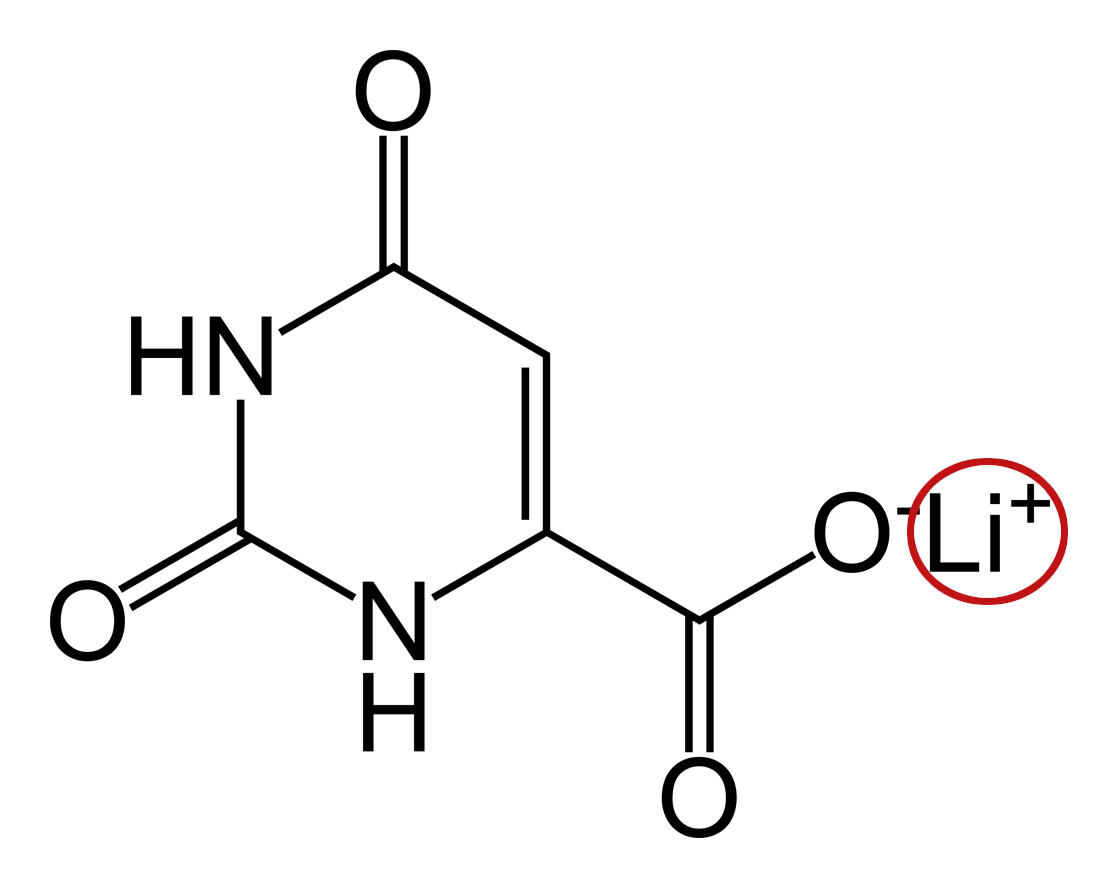




Comments and Discussion (Powered by the PricePlow Forum)